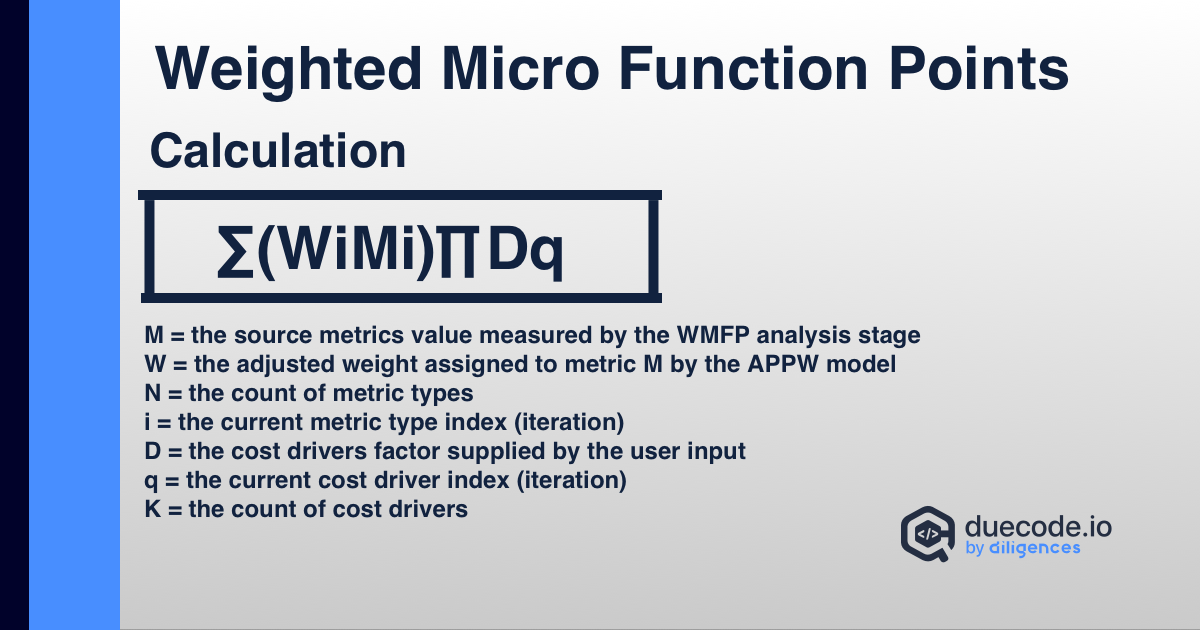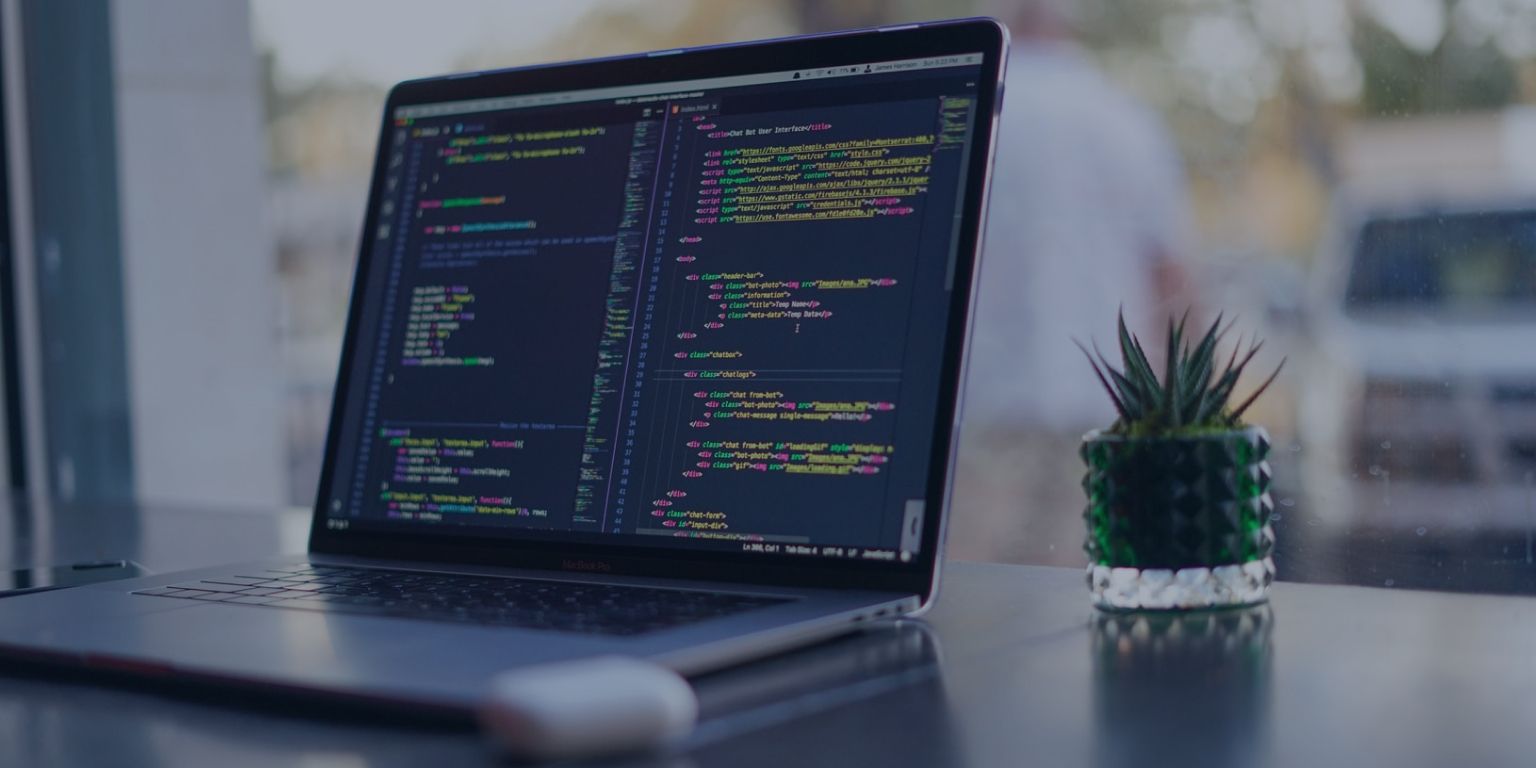Code Quality Analysis
17 August 2021 7 min read

Audio Version Of This Article
Everyone loves to work on quality software program development that performs efficiently and quickly. The most crucial benefit of successful quality code is that programmers can maintain it without any flaw. You should have a test plan to achieve this. While performing code quality analysis, the main consideration must be that all the variables are tested under various scenarios.
What is Code Quality?
Programmers must be confident that a program is free of bugs for it to work correctly while at the same time meeting the requirements of clients and developers. It is called code quality. The problem is that finding the 'best' or safest coding practices can be very hard - especially when there are so many options.
In computer programming, we use the terms "quality of code" and "operating systems" all the time. But how do we calculate the level of accuracy? What exactly is a "good" or "bad" code?
How is Code Quality Measured?
Many different things contribute to better code quality. Moreover, all of the characteristics are measurable using various methods.
The main goal of quality management includes enhancing the product or service life-cycle processes and maintainability over the lifetime of the entity being tested. The main objectives here include reducing cycle times, increasing throughput, reliability of products or services, and extending product support life.
Some of these objectives are directly attached with the enhancing a program's readability for the life of the project. Thus, quality management endeavors to achieve lifelong viability and maintainability over the lifetime of the entity being tested.
That's why some organizations have opted to outsource their code quality evaluations. By hiring professional coders, these organizations get the assurance they need without having to spend a lot of money.
Manual VS Automated Reviews:
The code review process can be divided into two distinct categories:
- Manual
- Automated
While a team of developers may perform all aspects of the coding process, a business cannot afford to leave the final analysis up to the developer alone. By going the final analysis to the programmer, the code-review team members must follow a specific checklist.
Using a Code Review Checklist:
This checklist ensures that the code has been thoroughly reviewed and only unneeded code is added to the project. In addition, because many version control systems are based on an open-source programming language, software developers can contribute code back to the project, thereby adding another security layer.
Questions to Ask Yourself Before Measuring Code Quality:
Before they measure code quality, programmers need to have clear answers to these questions.
For example, how do you program in a language that has no memory model and no memory visibility?
How do you test for the functional properties of a program?
What about performance testing - what type of performance testing is necessary for you to verify whether or not your programming is correct and meets your coding standards?
Why do you need a programming language with a formal memory model and formal memory visibility?
Code Quality Metrics:
Qualitative Metrics:
Qualitative code quality metrics are essential to the enterprise, as they provide information that can help estimating the viability. These metrics are an integral part of the Agile and waterfall approaches to software development. Those responsible for quality assurance monitor these metrics and make it meet the stakeholders' requirements. They also make sure that it is well maintainable.
The primary metrics used in Qualitative measurement are Productivity, error ratio, code complexity, code quality, code validation, code governance, code maintenance, and code stability. These measurements are most commonly used for project scheduling and backlog analysis.
1.Extensibility:
By following these methods, software development teams make code easy to change. It also becomes easy for software engineers to work on changes simultaneously. As a result, this approach reduces time spent on code improvement. Software development time is also reduced because programmers can now complete the process within the designated period.
Businesses must determine what components make up the typical "code footprint." it consists of the size of the executable files, global, shared library, and embedded systems, and code written using different programming languages. Businesses, therefore, need extensibility metrics to determine code complexity. We can define extensibility metrics to measure code uniqueness, code reusability, code maintainability, code portability, and code configuration.
2.Efficiency:
High-efficiency metrics help a business determine the factors that affect its profitability.
3.Size of source code files:
One way of measuring code quality is to evaluate the size of the source code files. Large codebases have many more code elements than small code bases. So large codebases typically contain both legacy code and source code. Thus, a business must evaluate the degree to which its code has complexity.
4.Readability:
Another way of measuring quality is to analyze readability. The degree to which code can be scanned and understandable by other developers is called readability. Test runners commonly measure readability by comparing it to different regulations in the same project. But there are other methods also. One popular method is code inspection, where developers randomly check code for syntax and semantics. Code analysis employs the matrices to compare the structural variables against the specification.
5.Maintainability:
Another crucial facet of quality check is maintenance history of the project. Often, code modifications introduce bugs or potential problems with the code's readability. A business's code maintenance history can provide a company with a history of changes to a codebase. If these changes are consistent with the specification, the code has high quality. On the other hand, if these changes are not compatible with the specification, the code has room for improvement.
6.Clarity:
One other aspect to consider when evaluating high-quality code is code clarity. Good code clarity means that readers can understand and execute the code. Transparency can be increased by employing techniques such as concise statements, code formatting, and comments. However, code clarity and readability is a trade-off: A code with too many words will be challenging to read. It may compromise readability due to the nesting of code in problematic code paths. Therefore, when assessing code quality, one should look at the code's readability and its clarity.
Quantitative Metrics:
Quantitative code quality metrics are a great way to ensure the quality of your products or services. They provide you with quantitative proof and quality indicators that are typically utilized within quality control. These indicators often come in the form of quality scores, or "weighted" micro functions, where there is a measure of how a numerical value interacts with one or more other quantitative quantities. Such measurements are critical to quality assurance within the manufacturing and engineering domains.
1.Cyclical Function Metrics:
Quantitative Code Quality Metrics, also known as cyclical function metrics, attempt to track changes in variables over time; thus, they try to describe the behavior of underlying economic activity and economic structure over any given time frame. In the past few decades, it has become popular to introduce quantifying decisions into decision-making processes. However, programmers conducted such decisions only manually in the past. This quantitative code quality metrics methodology makes it possible to track and quantify the relative change in components over time. These techniques are used to optimize production processes and better understand the relationship between characteristics of particular inputs and their impact on the performance of the entire operation.
2.Weighted Micro Function Points:
Quantitative methods may also employ scientific methods. Weighted micro function points method use the theory of variance, sampling, and geometric properties of the source code to estimate the results of various numerical outcomes.

In addition to this general statistical measurement methods used in quantitative code quality metrics, more specific tests are available to determine the metric system's robustness. The most commonly used tests are the goodness-of-fit and the coefficient of variance of the metrics.
3.The goodness-of-fit test:
It is often derived by fitting a standard curve to the data set, while the coefficient of variance measures the deviation of the mean value from the target value. As a result, the performance metric may be correct if the result deviates from the mean value. Thus, it is an important safety measure in quantitative analysis. A suitable example of a good standard for this criterion is the square of the numerical difference between the actual and predicted value of the function.
Code Quality Tools:
With code review tools, a team can easily track and trace bugs within an application, reducing the need for manual intervention. However, it may be impractical for companies with multiple teams to assess the complete scope of each team's code review process.
The most frequently used code review tools strive to enhance developer productivity, aimed at peer reviews. Code review tools do the following job:
- Assist team collaboration
- Enhance communication during application development
- Incorporating it as a part of everyday tasks
- Automated code maintenance
- Code refactoring
- Code rewriting
All these features ensure that a team can focus on their tasks. Most tools are designed to aid programmers in writing a quality program and reduce bugs. However, some also have features that target other problems such as documentation issues.
Top Code Quality Analysis Tools:
How do Code Quality Analysis Tools Work?
Open source tools are specifically designed to perform automated deep-analysis of code in various programming languages. These include C/C++, Java, as well as Python to find vulnerabilities and check for syntactical flaws. They also measure various deficiencies in meeting the standards of quality.
For example, if thousands of rows containing code are present in a project, there would be at least hundreds of unique sources of errors. In other words, every line of code in the project could potentially contain a weakness, and thus, thousands of errors would be found. However, most problems in projects can be quickly identified because they are already at a very early stage.
As a result, the number of defects is usually kept low, which means the number of bugs can be quickly identified and repaired during the project's development phase. In addition, the automated process that utilizes static code analyzers can ensure that any significant changes are made before the final release. Another advantage of using this tool for analyzing source code is that it can alert the maintainers of software and hardware products to potential issues early on. Then, the appropriate fixes can be done for them to avoid any future problems.
Bottom Line:
The best way to measure quality is by collecting, comparing, and communicating the results of your code reviews with other team members and developers. If you have the proper tools to manage the data and compare it, you can focus on the results that you want to see. Measurement results can be compared against your previous efforts, plans, and the needs of your business. If your measurements show that the code you produce meets your objectives more closely, you can improve the tools and training you use to create the same principle or refactor the existing code to meet your business goals more precisely.
Updated on September 1, 2021





